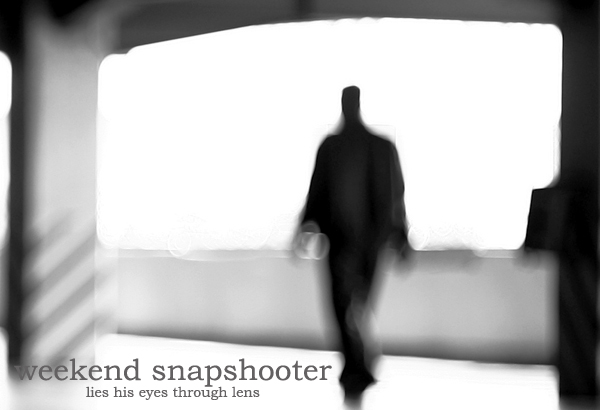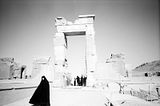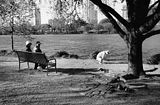




Angkringan (berasal dari bahasa Jawa ' Angkring ' yang berarti duduk santai) adalah sebuah gerobag dorong yang menjual berbagai macam makanan dan minuman yang biasa terdapat di setiap pinggir ruas jalan di Jawa Tengah dan Yogyakarta. Di Sala dikenal sebagai warung hik. Gerobag angkringan biasa ditutupi dengan kain terpal plastik dan bisa memuat sekitar 8 orang pembeli. Beroperasi mulai sore hari, ia mengandalkan penerangan tradisional yaitu senthir, dan juga dibantu oleh terangnya lampu jalan.
Makanan yang dijual meliputi nasi kucing, gorengan, sate usus (ayam), sate telor puyuh, kripik dan lain-lain. Minuman yang dijualpun beraneka macam seperti teh, jeruk, kopi, tape, wedang jahe dan susu. Semua dijual dengan harga yang sangat terjangkau.
Meski harganya murah, namun konsumen warung ini sangat bervariasi. Mulai dari tukang becak, tukang bangunan, pegawai kantor, mahasiswa, seniman, bahkan hingga pejabat dan eksekutif. Antar pembeli dan penjual sering terlihat mengobrol dengan santai dalam suasana penuh kekeluargaan.
Angkringan juga terkenal sebagai tempat yang egaliter karena bervariasinya pembeli yang datang tanpa membeda-bedakan strata sosial atau SARA. Mereka menikmati makanan sambil bebas ngobrol hingga larut malam - meskipun tak saling kenal - tentang berbagai hal atau kadang berdiskusi tentang topik-topik yang serius. Harganya yang murah dan tempatnya yang santai membuat angkringan sangat populer di tengah kota sebagai tempat persinggahan untuk mengusir lapar atau sekedar melepas lelah.
Akrabnya susana dalam angkringan membuat nama angkringan tak hanya merujuk kedalam tempat tetapi ke suasana, beberapa acara menadopsi kata angkringan untuk menggambarkan suasana yang akrab saling berbagi dan menjembatani perbedaan, seperti Angkringan JTF yang diadakanLitbang kmtf dan juga Angkringan Ramadhan yang sering digelar di kampus-kampus menjelang buka puasa.
Makanan yang dijual meliputi nasi kucing, gorengan, sate usus (ayam), sate telor puyuh, kripik dan lain-lain. Minuman yang dijualpun beraneka macam seperti teh, jeruk, kopi, tape, wedang jahe dan susu. Semua dijual dengan harga yang sangat terjangkau.
Meski harganya murah, namun konsumen warung ini sangat bervariasi. Mulai dari tukang becak, tukang bangunan, pegawai kantor, mahasiswa, seniman, bahkan hingga pejabat dan eksekutif. Antar pembeli dan penjual sering terlihat mengobrol dengan santai dalam suasana penuh kekeluargaan.
Angkringan juga terkenal sebagai tempat yang egaliter karena bervariasinya pembeli yang datang tanpa membeda-bedakan strata sosial atau SARA. Mereka menikmati makanan sambil bebas ngobrol hingga larut malam - meskipun tak saling kenal - tentang berbagai hal atau kadang berdiskusi tentang topik-topik yang serius. Harganya yang murah dan tempatnya yang santai membuat angkringan sangat populer di tengah kota sebagai tempat persinggahan untuk mengusir lapar atau sekedar melepas lelah.
Akrabnya susana dalam angkringan membuat nama angkringan tak hanya merujuk kedalam tempat tetapi ke suasana, beberapa acara menadopsi kata angkringan untuk menggambarkan suasana yang akrab saling berbagi dan menjembatani perbedaan, seperti Angkringan JTF yang diadakanLitbang kmtf dan juga Angkringan Ramadhan yang sering digelar di kampus-kampus menjelang buka puasa.






















.jpg)




